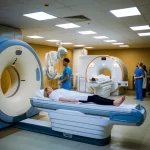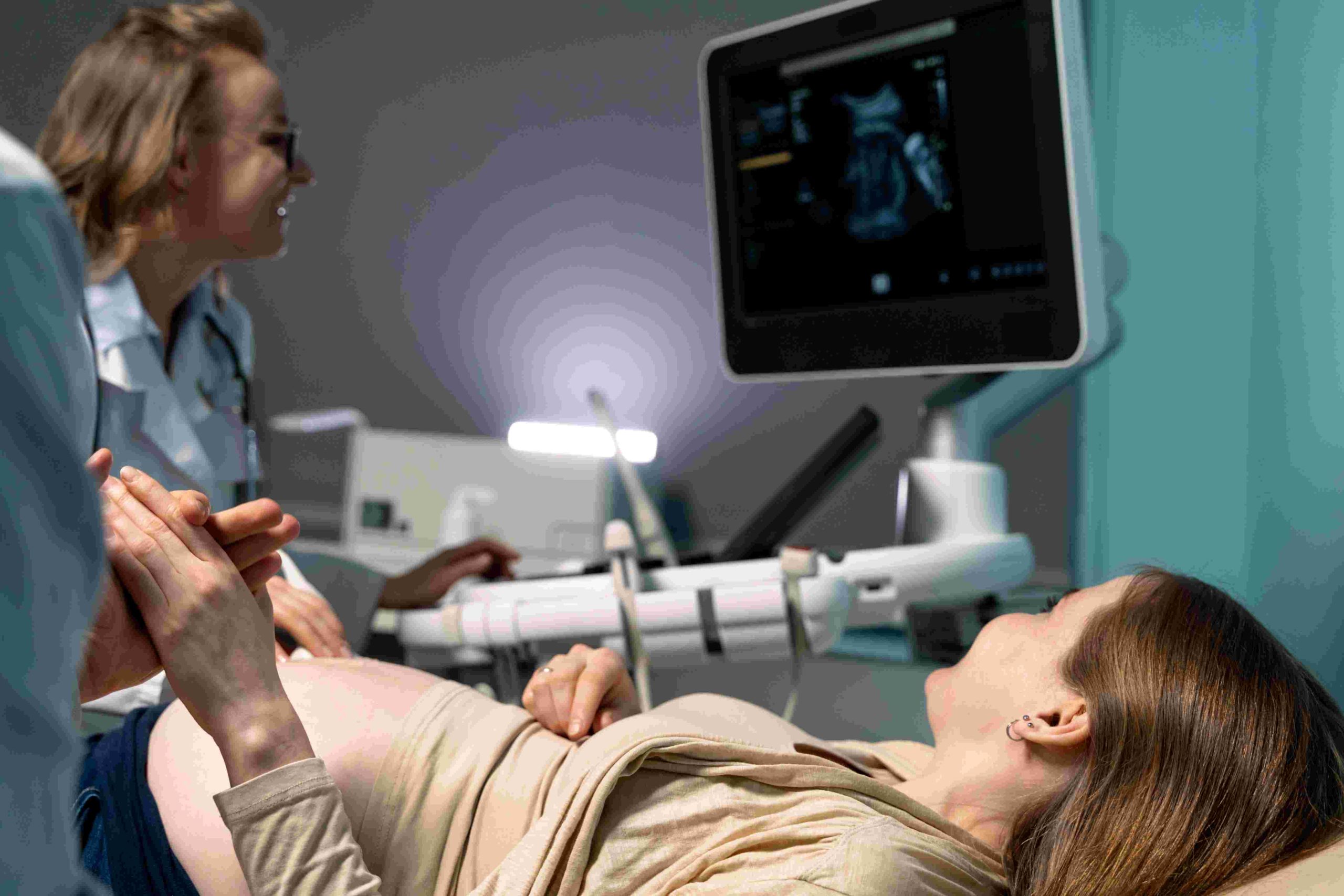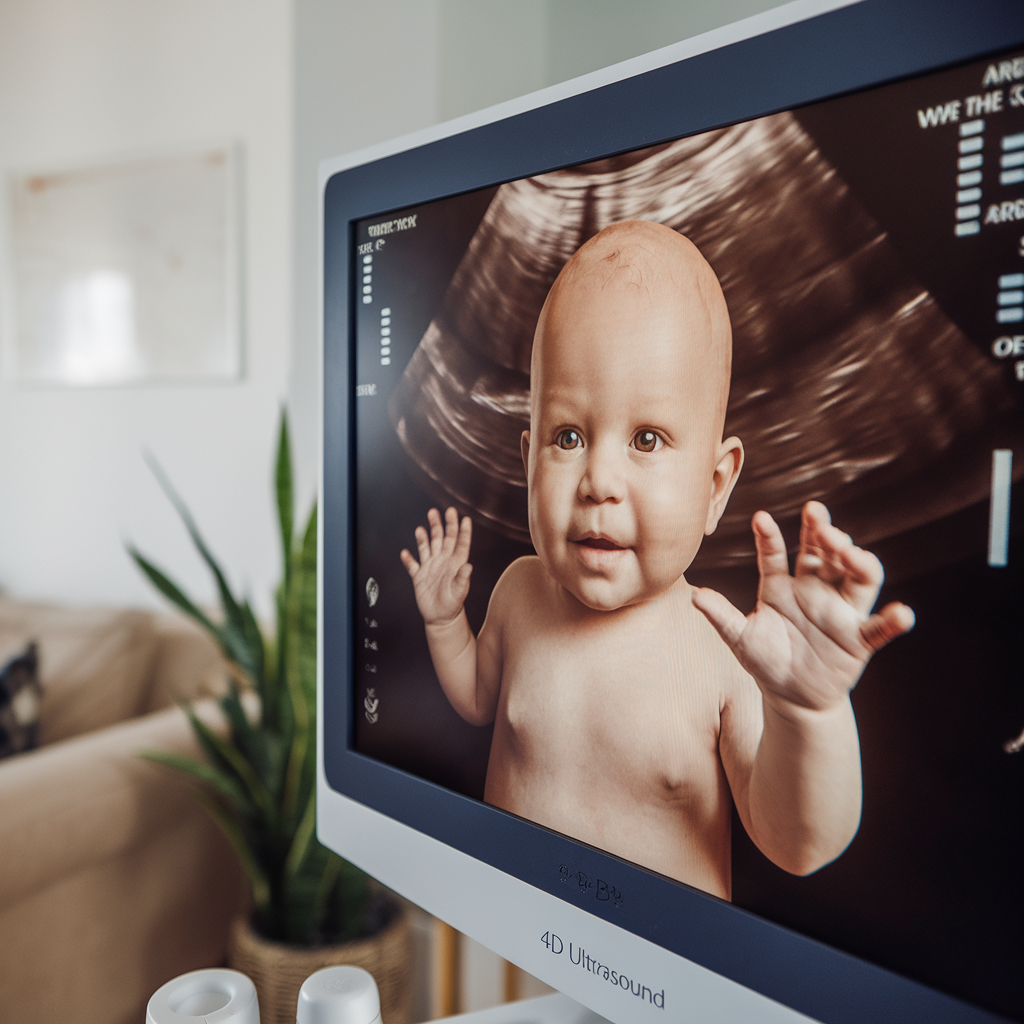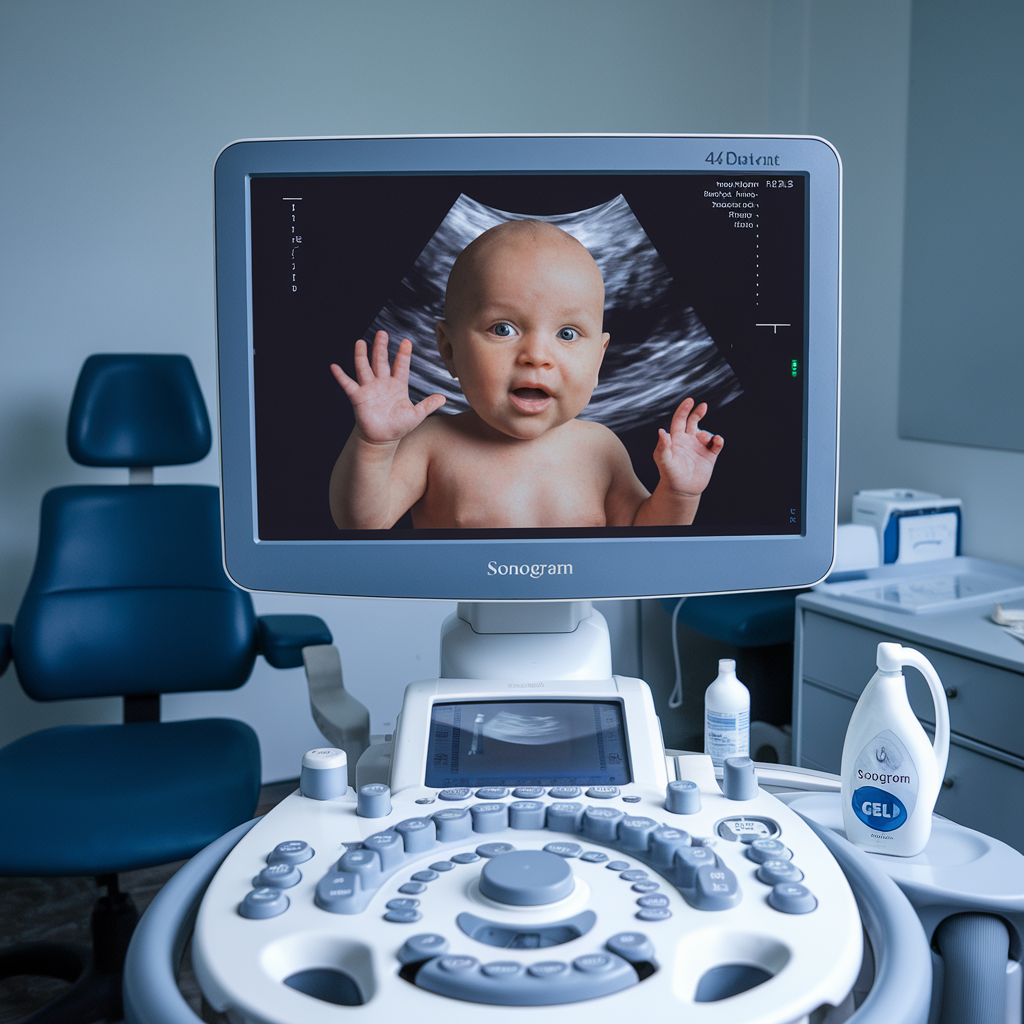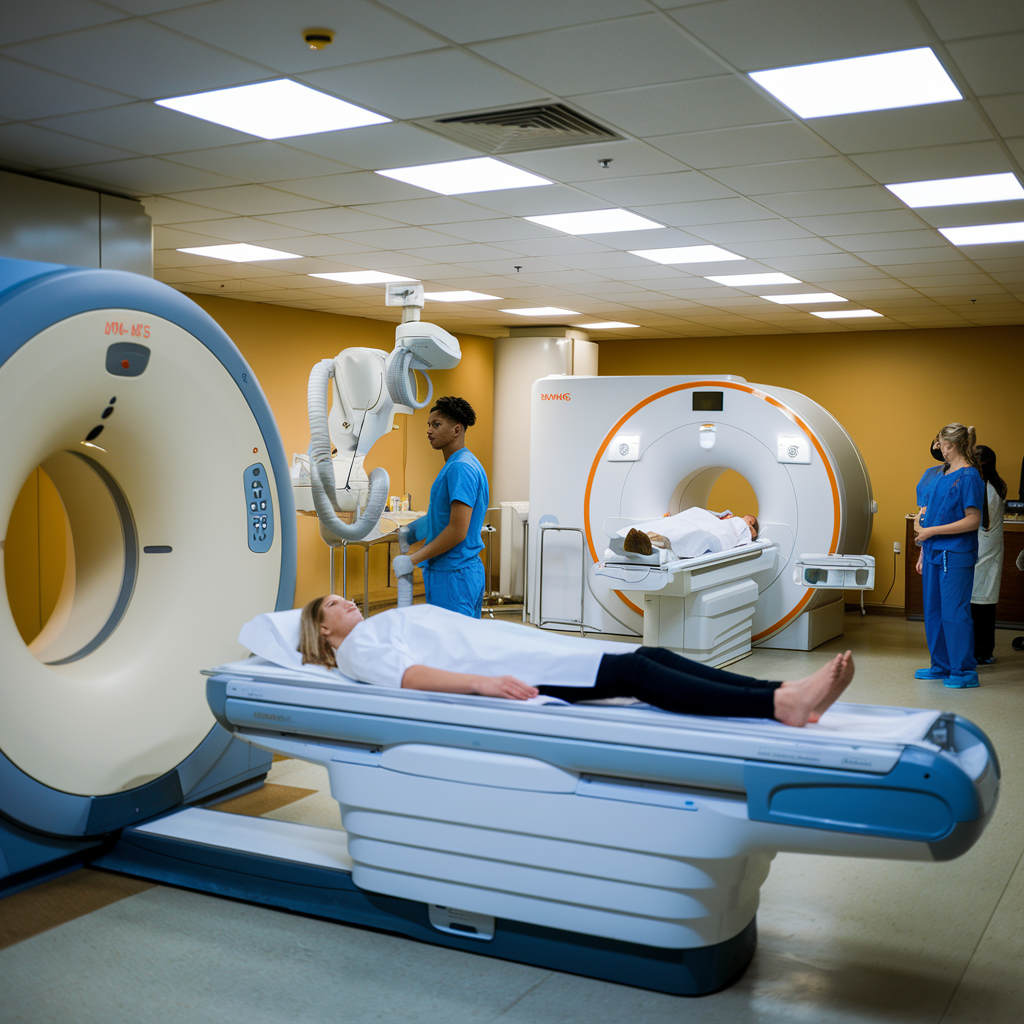Discover essential insights before your first 3D ultrasound appointment. Learn about the procedure, safety, and what to expect during this exciting scan of your baby.
Your Essential Guide to First 3D Ultrasound Appointment
Women’s health during pregnancy includes many exciting milestones, and a 3D ultrasound is one of them. Here’s what you need to know about 3D ultrasounds.
What is a 3D ultrasound and how does it differ from 2D?
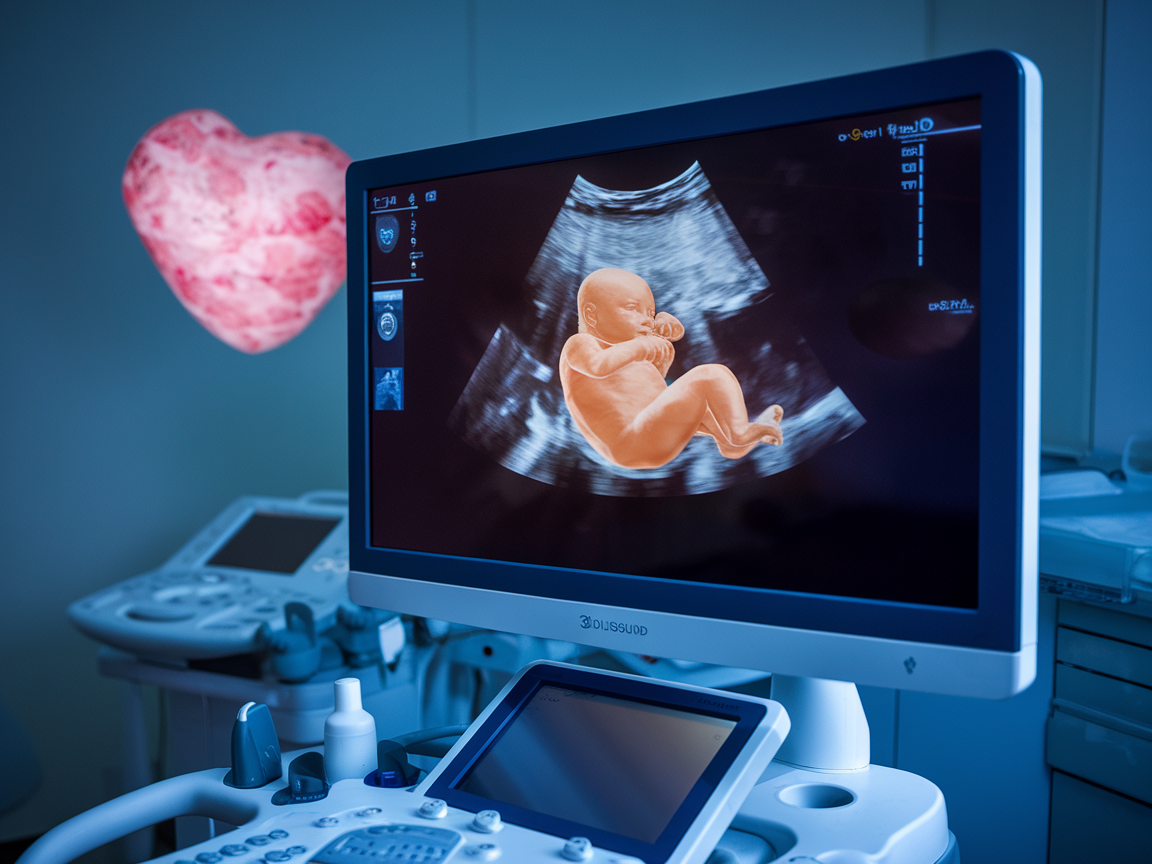
A 3D ultrasound is an advanced medical imaging technique that uses high-frequency sound waves to create detailed pictures of your baby in the uterus.
Unlike traditional 2D ultrasound, which produces flat 2D images, 3D technology allows for a more detailed view of your developing fetus. Trained ultrasound technicians perform the scan using specialized equipment and software to capture and process the images.
During your appointment, a transducer transmits and receives sound waves that bounce off your baby’s tissue and organs. The ultrasound can also be helpful for monitoring women’s health during pregnancy and may confirm your baby’s gender.
When is the best time to schedule a 3D ultrasound?
The best time to schedule a 3D ultrasound for optimal imaging is typically between 26 and 30 weeks of pregnancy.
During this period, healthcare professionals may recommend the ultrasound as the fetal features are more developed, and there is still enough amniotic fluid to obtain clearer images. Experts in women’s health during pregnancy recommend consulting with your doctor to determine the best timing based on your specific prenatal care needs.
Several factors can affect the quality of 3D ultrasound images. The amount of amniotic fluid around the fetal can significantly influence the clarity, as sound waves bounce off the fluid to create the image. Additionally, the position of the baby’s face and limbs can limit visibility. A full bladder during the procedure may provide better imaging results.
At a reputable clinic, a trained obstetric device is used to see your baby and identify any potential issues such as a cleft lip or limb deformities. These diagnostic images may provide valuable information for early detection and planning for birth and postnatal care. It is important to rely on trustworthy healthcare professionals who can guide you through the process and let you know what to expect.
While 3D ultrasounds are not usually part of routine prenatal care, they may be able to offer more detailed imagery than standard ultrasounds. However, it’s crucial to consider that certain insurance plans may not cover this procedure. Consult your doctor to understand any potential benefits and limitations, ensuring the best care for you and your baby throughout the pregnancy.
What to expect during a 3D ultrasound procedure?
During a 3D ultrasound procedure, you can expect an experience that prioritizes women’s health during pregnancy.
The ultrasound may take place in a comfortable setting, often in a dimly lit room. The technician will apply a special gel to your abdomen to expose the area and facilitate the movement of the transducer, the device that use sound waves to create detailed images. The process involves moving the transducer over the skin to capture multiple angles of the fetus.
The images and provide a more comprehensive view of the baby’s development. Typically, the procedure lasts around 30 to 45 minutes, but it can prolong depending on the baby’s position and cooperation. Comfort is a priority, and the technician will ensure you’re as relaxed as possible throughout the session.
During the ultrasound, the technician will provide information about what they see on the screen. They will look for key developmental markers, such as the baby’s size, position, and organ development. The umbilical cord and amniotic fluid levels will also be assessed. If any abnormalities are detected, further steps might be discussed.
Remember, the procedure is generally safe, non-invasive, and an exciting opportunity to see your baby up close. By following these guidelines and keeping in mind the duration and comfort considerations, the 3D ultrasound can be a memorable part of your pregnancy journey.
How accurate are 3D ultrasounds for gender determination?
The accuracy of 3D ultrasounds for gender determination is quite high, often exceeding 95%, particularly when performed by an experienced provider.
These ultrasounds provide detailed images, allowing the healthcare provider to view the baby’s anatomy more clearly. This clarity helps in distinguishing between male and female genitalia, which can be especially reassuring for expectant parents keen on preparing for their baby’s arrival.
However, the reliability of 3D ultrasounds for revealing the baby’s sex can vary based on several factors, including the baby’s position, the amount of amniotic fluid, and the stage of pregnancy.
Generally, the most accurate results are obtained between 18 and 22 weeks of gestation, when the baby’s genitalia are sufficiently developed. It’s essential to consider women’s health during pregnancy and ensure that the ultrasound is performed under optimal conditions.
Factors like the baby’s positioning, for instance, if they have their thumb or legs over their genital area, or the presence of the umbilical tube can obstruct clear views, possibly affecting accuracy.
How should you prepare for your 3D ultrasound appointment?
Preparing for your 3D ultrasound appointment involves a few key steps to ensure a smooth and memorable experience.
First, it’s essential to stay hydrated in the days leading up to the appointment, as this can enhance the clarity of the images, which is crucial for women’s health during pregnancy. Consuming plenty of water helps to improve the amniotic fluid around the baby, making it easier for the technician to capture detailed images.
To ensure the best possible 3D ultrasound experience, schedule your appointment between 26 and 32 weeks of pregnancy. This timeframe offers the ideal balance of fetal development and available space in the womb. For those interested in a more dynamic view, a 4D ultrasound can provide real-time video, allowing you to see your baby’s movements and expressions.
When it comes to what to bring and wear, opt for comfortable, loose-fitting clothing. This allows easy access to your abdomen for the ultrasound procedure. Additionally, bring any necessary medical records and a full bladder, as some clinics may request this for clearer imaging. Don’t forget to bring a partner or loved one to share in the excitement and to help you remember what’s discussed during the appointment.
Conclusion:
In conclusion, obtaining a 3D ultrasound for keepsake purposes is an invaluable way to cherish the memories of your baby’s early development. This advanced imaging technology not only allows you to capture detailed and lifelike images but also contributes positively to women’s health during pregnancy by providing important insights into the baby’s well-being.
By choosing our ultrasound services, you can ensure that these precious moments are preserved with the highest quality and care. Our experienced professionals are dedicated to offering a comfortable and memorable experience for expecting mothers.
Don’t miss the opportunity to create lasting memories of your baby’s journey. Schedule your appointment with us today and enjoy the unique experience of seeing your baby’s first images in remarkable detail. Choose our 3D ultrasound services to celebrate and remember these special moments forever.



